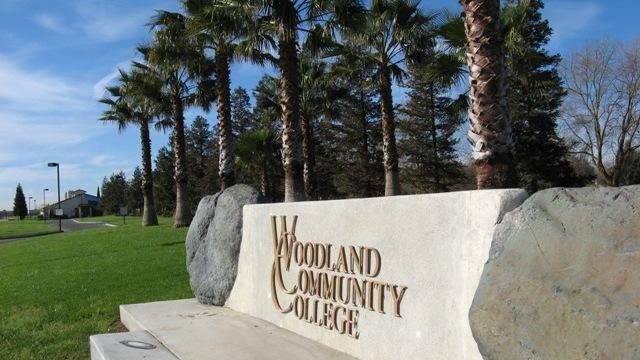

By Jess Taylor
Graduation rates and earnings for students of color have not reached California community colleges’ expectations. In response, they are joining a new national effort to improve these statistics and improve equity in their colleges.
According to the vice president of the Foundation of California Community College’s Success Center, Sandra Fried says that joining these programs aims to eliminate the disparities people of color face by 2027. She also informs that as millions of Americans can see and are experiencing this, adult enrollment in college has drastically decreased since the start of the pandemic. This primarily affects students of color.
In 2018, Americas Promise Alliance reported the national high school graduation rate was at an all-time high of 85.3 percent. The growth contributed to the increase in graduation rates for students of color.
Since the start of the pandemic, these numbers have been plummeting. The CommonWealth Fund conducted surveys during this time. They reveal that both Black and Latino respondents have mental-health concerns approximately 10 points higher than whites because of the pandemic.
Additionally, they have endured economic challenges twice as high compared to white adults. This includes depletion of personal savings, inability to pay for rent and food and taking out loans to survive. Inevitably, the fear of COVID-19 and having difficulties making ends meet have surged mental illnesses in these communities.
Fried further commented on the pandemic’s effect on minority communities, “Adult students and students of color have been hit hardest by the pandemic. They have not enrolled in our programs in as high rates as they have in the past. And because they’ve been disproportionately impacted by the pandemic, it’s really important to bring them back into our programs, and provide them the support and resources they need to be successful.”
The lower enrollment and graduation rates also come from the lack of funding people of color receive. Studies conducted by LendEDU, a website that helps consumers learn about and compare financial products, reports that nearly a third of college students in the U.S. are responsible for paying for their own higher education; the highest numbers are among Native Americans, Blacks, and Latinos.
Only 26 percent of Black and Latino students and 28 percent of Native American students have their college fully funded. Native American students reported the highest rate of paying for their education, at 36 percent, where 32 percent of Blacks and Latinos are responsible for their college funding.
Knowing such statistics that prove the disparities people of color endure on their journey towards higher education are on the California community college’s radar, REACH Collaborative will provide support for Black, Hispanic, and Native American adult students through their 8 million dollar initiative. Child care, transportation, and academic counseling are among their top priorities to help people of color accomplish their educational goals.
Waye Taliaferro is the strategy officer for the Lumina Foundation that is co-sponsoring the program in California and five other states. He stated that higher education is not meeting the needs of student adults of color even before the pandemic. Furthermore, Taliaferro said the barriers people of color face with higher education are issues that white students do not.
“The REACH Collaborative aims to take an action step in shifting from this present reality at community college, where the bulk of adult students of color are enrolled,” he said. “A lot of adults enter community colleges to gain skills for jobs at different entry points, but the onramps don’t always lead to quality outcomes and better earnings- or outcomes at all.”
The pandemic has only exposed the inequality people of color continue to face when endeavoring towards a better future enhanced through higher education. California community colleges are well aware of the imbalance minorities face and want to give them the tools gained through education to promote equality and equity.
I didn’t realize that community colleges had “expectations” regarding this.
Is that expectation documented anywhere?
Are they also examining earnings for different groups of people?
Do they then compare that to their own graduates?
I’m thinking this may be about race 😐